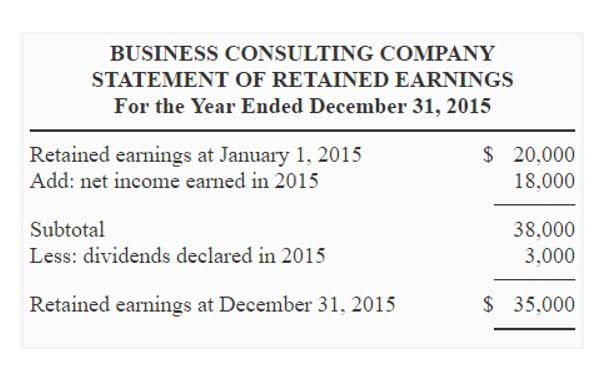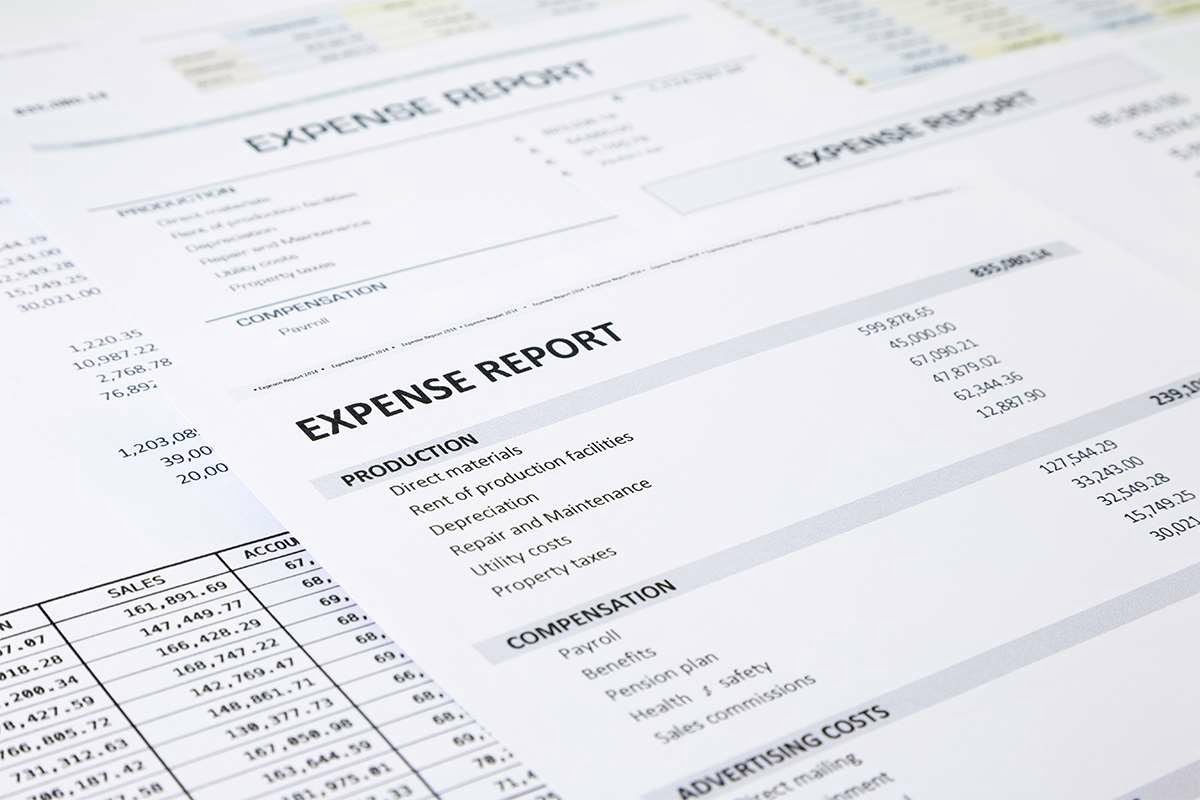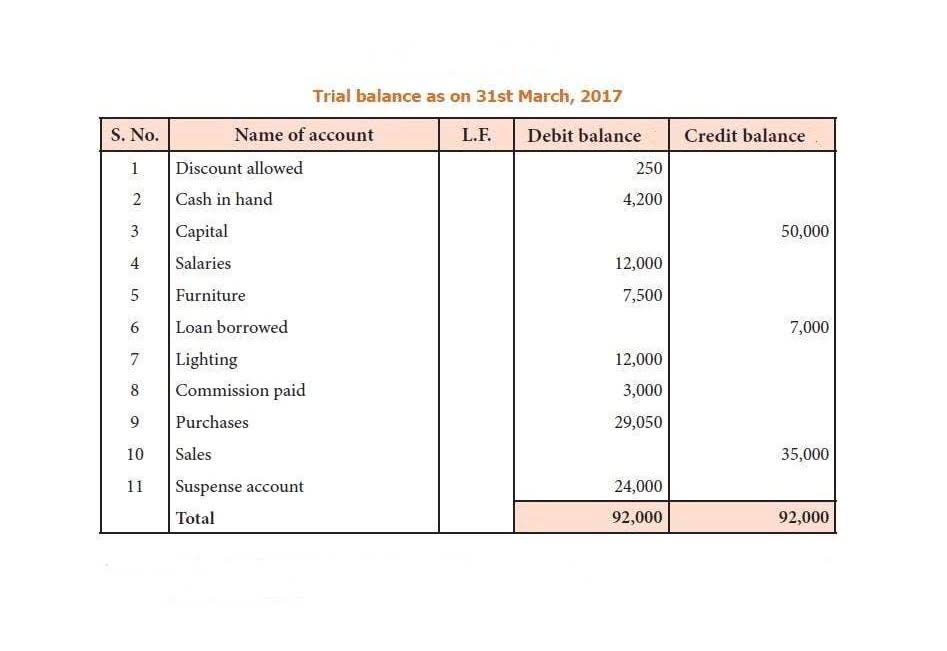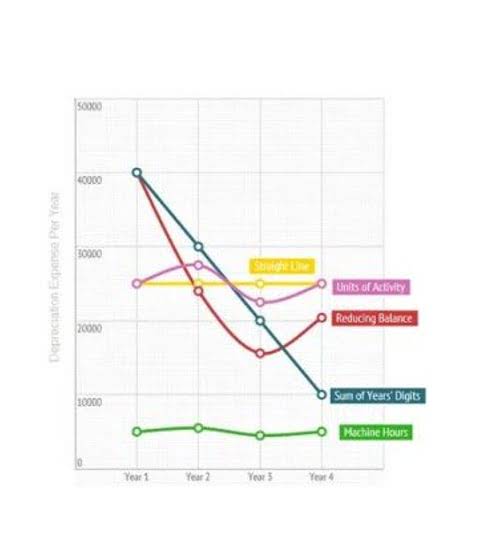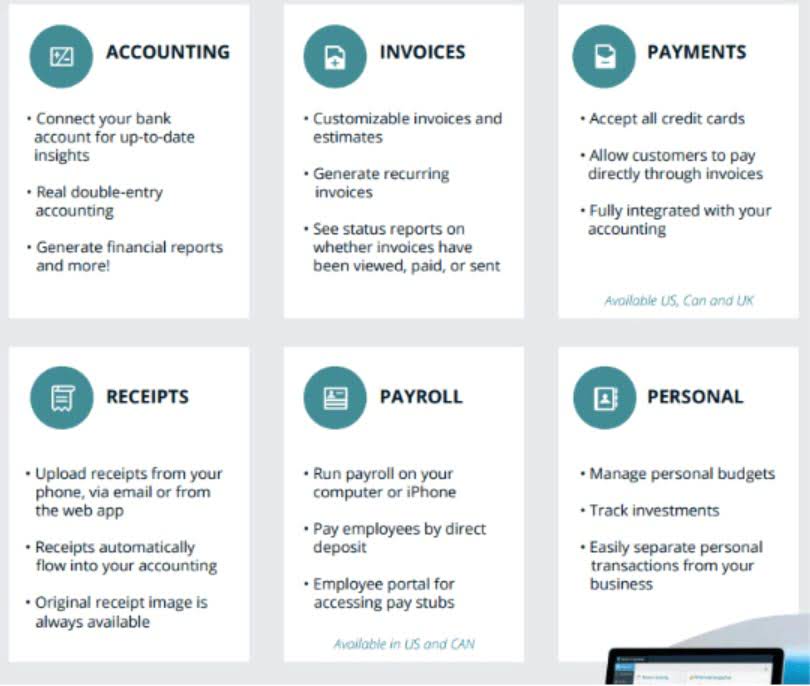
It is classified as a current liability until the goods or services have been delivered to the customer, after which it must be converted into revenue. Unearned revenue is most often a short-term liability, meaning that the business enters a delivery agreement with the customer or client and must fulfill its obligations within a year of purchase. Services that will take over a year to deliver upon should be marked as a long-term liability on the balance sheet.
Deferred revenue and accrued expenses
Unearned revenue is most common among companies selling subscription-based products or other services that require prepayments. Classic examples include rent payments made in advance, prepaid insurance, legal retainers, airline tickets, prepayment for newspaper subscriptions, and annual prepayment for the use of software. The company can make the unearned revenue journal entry by debiting the cash account and crediting the unearned revenue account. Hence, the unearned revenue account represents the obligation that the company owes to its customers. The amount in this account will be transferred to revenue when the company fulfills its obligation by delivering goods or providing services to its customers.

What implications does unearned revenue have on a company’s income statement?
On 31 December 2016, one-third of the commission revenue (3,600 × 0.33) will be converted into unearned commission liability. Mr. Green Light, a commission agent, received $3,600 on 1 July 2016 as a commission from a client. One-third of the commission received is in respect of work to be done next year. Investors can use this figure to estimate the amount that the business may earn in future and make an idea about its sales and revenue levels, which will give a hint about its profitability. But it should be noted that the rise in sales and revenue figures may also be the result of good performance and supportive market conditions.

Service and Subscription Models
While cash from deferred revenues might sit in your bank account just like cash from earned revenues, the two are not the same. If you don’t deliver the agreed-upon good or service, or your customer is unhappy with the end product, your deferred revenues could be at risk. Generally speaking, you should is unearned revenue a current liability be more careful spending cash from deferred revenues than regular cash. Sometimes businesses take an advance payment on a good or service meaning they’ve been paid upfront and now they need to fulfill their end of the deal. In some cases, the business needs to reflect this in their accounting.
In this journal entry, the $4,500 is recorded as a liability because the company ABC Ltd. has the performance obligation to provide the service to its client in the next three months. Likewise, both asset (cash) and liability (unearned service revenue) increase by $4,500 on June 29, 2020. Unearned revenue refers to the money small businesses collect from customers for a or service that has not yet been provided. In simple terms, unearned revenue is the prepaid revenue from a customer to a business for goods or services that will be supplied in the future. Contracts can stipulate different terms whereby no revenue may be recorded until all of the services or products have been delivered. The payments collected from the customer would remain in deferred revenue until the customer has received in full what was due according to the contract.
Unearned Revenue in the Books
The accounting period were the revenue is actually earned will then be understated in terms of profit. So $100 will come out of the revenue account and you will credit your expense account $100. It is important to perform these adjusting entries to recognize deferred revenue according to the contract set in place. In the case of subscription services, revenue installments are made at different times during the contract. For annual contracts, a prepayment is made at the beginning of the period. A business then would perform the service monthly and recognize a certain amount of revenue each month.
Unearned Revenue Journal Entries
- When a company records unearned revenue, it does so as a liability on its balance sheet.
- Hence, the unearned revenue account represents the obligation that the company owes to its customers.
- Remember revenue is only recognized if a service or product is delivered, a refund nulls recognition.
- Contracts can stipulate different terms whereby no revenue may be recorded until all of the services or products have been delivered.
- Generally, they are transactional where money is exchanged for a service/good in real-time.


